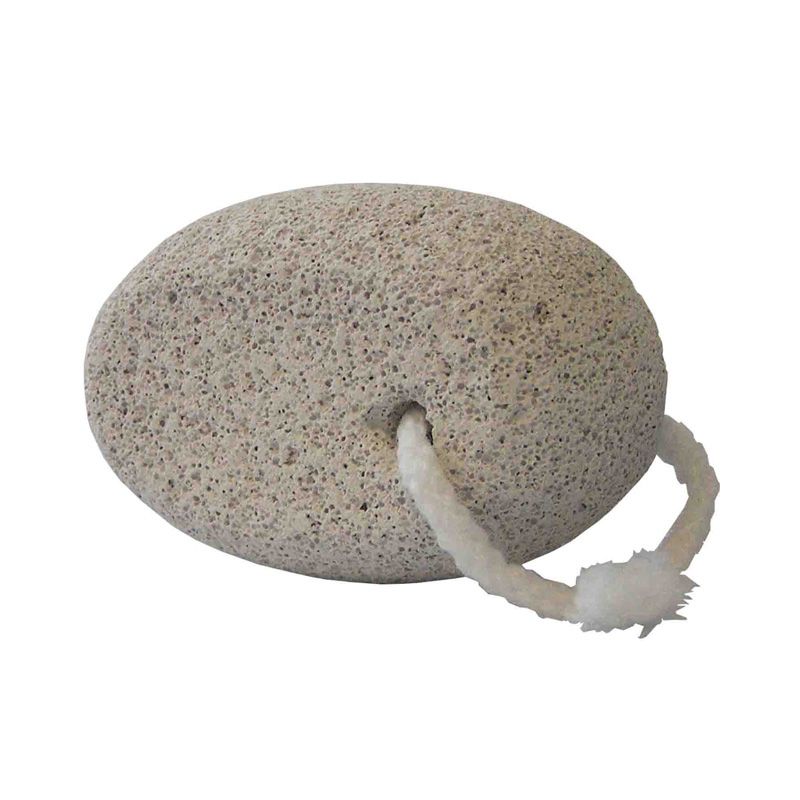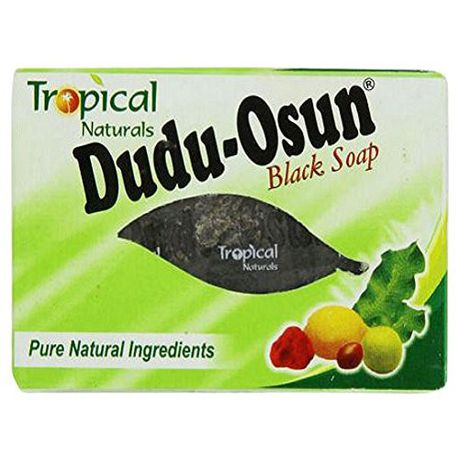
Life can be challenging, and it's natural to find ourselves struggling at times. Whether it's due to personal setbacks, professional challenges, or a general sense of being overwhelmed, it's essential to remember that there are steps you can take to navigate through difficult times.
What Is The Importance Of Struggles In Life?
Struggles in life play a crucial role in personal development, resilience building, and character growth. While difficult times may be challenging, they offer opportunities for learning, growth, and ultimately, a deeper appreciation for the joys and triumphs of life. Embracing struggles with resilience and perseverance can lead to greater strength, wisdom, and fulfillment in the long run.
Struggles in life serve multiple important purposes, contributing to personal growth, resilience, and character development. Here are several key reasons why struggles are important:
-
Resilience Building: Struggles provide opportunities to develop resilience, which is the ability to bounce back from adversity. Going through challenging times teaches individuals how to adapt, persevere, and overcome obstacles, ultimately strengthening their resilience for future challenges.
-
Character Development: Difficulties in life shape character by testing one's values, beliefs, and integrity. Overcoming struggles often requires courage, determination, and integrity, fostering the development of important character traits such as perseverance, empathy, and compassion.
-
Learning and Growth: Struggles offer valuable learning experiences. They provide opportunities to gain new perspectives, acquire new skills, and develop problem-solving abilities. Adversity often leads to personal growth and self-discovery as individuals learn more about themselves and their capabilities.
-
Appreciation and Gratitude: Experiencing struggles can deepen appreciation for the good things in life. Difficulties can make individuals more grateful for their blessings, fostering a greater sense of appreciation for relationships, opportunities, and experiences.
-
Empathy and Understanding: Going through struggles can enhance empathy and understanding towards others facing similar challenges. Shared experiences of adversity can create bonds of empathy and compassion, fostering a sense of connection and support within communities.
-
Achievement and Success: Overcoming struggles can lead to a sense of achievement and fulfillment. Accomplishing goals despite obstacles builds confidence and self-esteem, empowering individuals to pursue further success in their lives.
-
Resilient Problem-Solving Skills: Struggles often require individuals to think creatively and find innovative solutions to overcome obstacles. This process enhances problem-solving skills and adaptability, equipping individuals with valuable tools for navigating future challenges.
-
Appreciation of Growth and Progress: Reflecting on past struggles can provide a sense of perspective and appreciation for personal growth and progress. Looking back on how far one has come can inspire confidence and motivation to continue overcoming challenges in the future.




















































































